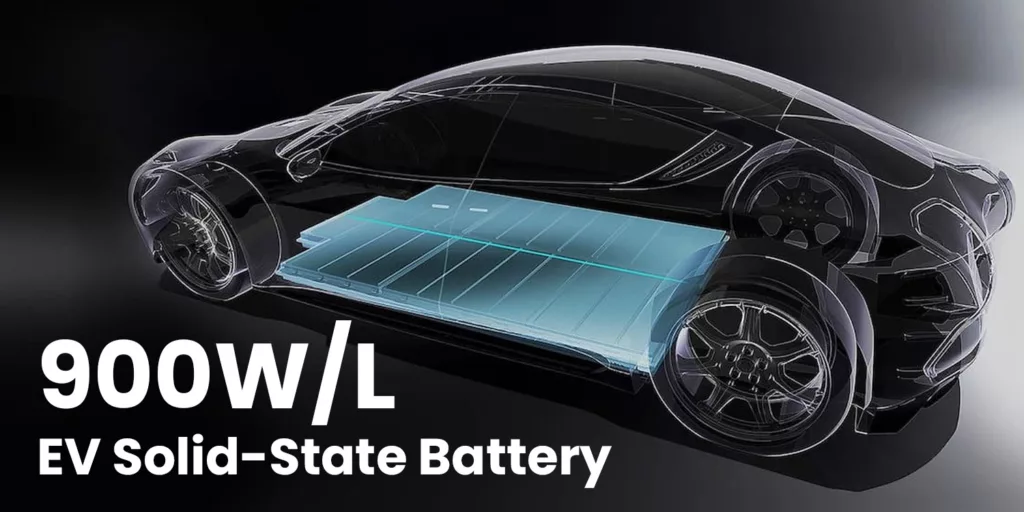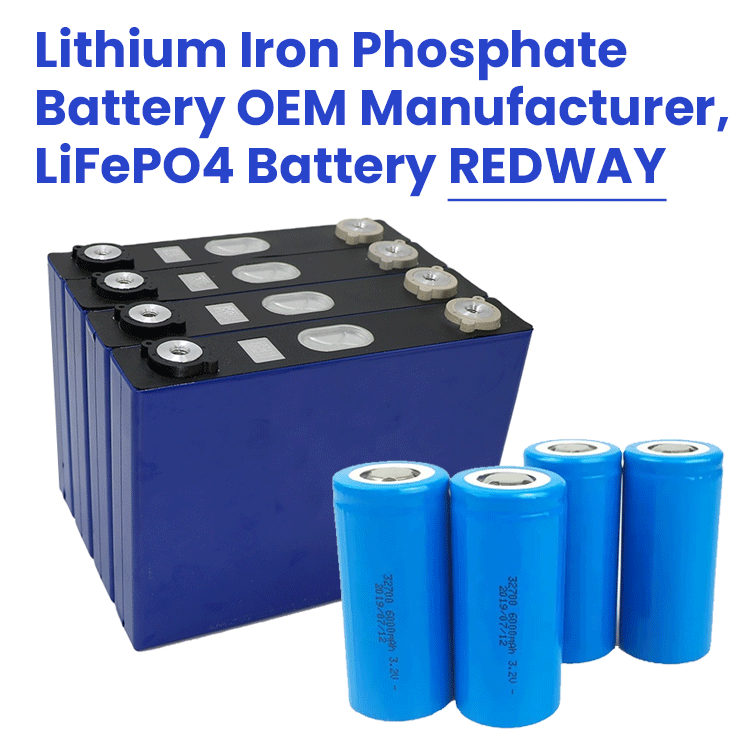Lithium-ion batteries dominate our modern landscape, powering everything from smartphones to electric vehicles. However, this blog post aims to unveil the limitations and environmental impact of these rechargeable marvels. Join us on a revealing journey as we explore alternative battery technologies that might reshape our approach to energy storage. Get ready for insights into why the sustainability of lithium-ion batteries may not align with their prevalent image as eco-friendly solutions!
The limitations of lithium-ion batteries
Lithium-ion batteries, widely embraced for their energy storage prowess, do come with inherent limitations.
- Limited Lifespan: One key drawback is their finite lifespan. Over time, the battery’s capacity diminishes, requiring more frequent recharging and impacting overall performance.
- Safety Concerns: Susceptibility to overheating poses safety risks, with the potential for fires if not handled or charged correctly, especially in applications using large quantities of these batteries.
- Low Energy Density: Compared to alternative technologies, lithium-ion batteries exhibit lower energy density, meaning they can’t store as much energy per unit volume or weight.
- Raw Material Sourcing Issues: The extraction of raw materials for lithium-ion batteries raises environmental concerns, including deforestation and water pollution, impacting the sustainability of production processes.
While lithium-ion batteries remain a popular choice, acknowledging these limitations is crucial when envisioning the future of energy storage. Exploring alternative technologies might offer solutions to address these challenges and pave the way for more sustainable options in the long term.
Environmental impact of lithium-ion batteries
Lithium-ion batteries, favored for their energy density, bring environmental concerns that merit attention.
- Lithium Extraction Impact: Destructive mining practices for lithium extraction can harm ecosystems and communities, raising environmental and ethical concerns.
- Manufacturing Footprint: The production process demands substantial water and energy, contributing to carbon emissions and pollution, amplifying the environmental footprint.
- Recycling Challenges: Limited recyclability due to complex chemistry poses a threat as used batteries often end up in landfills or incinerators, impacting soil, air quality, and groundwater.
- Ethical Concerns: Rising demand for minerals like cobalt raises ethical issues, with reports of child labor and unsafe conditions in mining operations.
- Exploring Alternatives: Solid-state and flow batteries emerge as alternatives, aiming to reduce reliance on rare earth metals, improve efficiency, and enhance recyclability.
While alternative technologies show promise in addressing these issues, challenges like cost-effectiveness and commercial availability persist. It’s evident that for a sustainable future, exploring alternatives to lithium-ion batteries is essential.
Alternative battery technologies
Researchers are actively seeking alternatives to lithium-ion batteries, considering their limitations and environmental impact. Two promising technologies are solid-state batteries and flow batteries.
- Solid-State Batteries: These innovative batteries use a solid electrolyte instead of a liquid, offering higher energy density, enhanced safety, faster charging, and longer lifespans compared to traditional lithium-ion batteries.
- Flow Batteries: Using liquid electrolytes in separate tanks, flow batteries allow flexible scalability by increasing capacity through larger storage tanks, providing an adaptable solution for varying energy needs.
Other Alternatives Under Consideration:
- Sodium-Ion Technology: Similar to lithium-ion in performance but at a lower cost due to abundant sodium resources, making it a cost-effective alternative.
- Magnesium-Ion Technology: Shows promise for high-energy density applications, utilizing abundant materials with minimal environmental impact.
- Zinc-Air Technology: Offers high energy density potential and low-cost materials but faces challenges related to rechargeability, limiting current commercial viability.
While these alternatives require further exploration and development, they hold significant potential for overcoming the limitations of conventional lithium-ion batteries, offering exciting advancements in sustainable energy storage technology.
Pros and cons of alternative battery technologies
As lithium-ion batteries face environmental concerns, alternative technologies are emerging. Let’s examine some with their pros and cons.
- Solid-State Batteries:
- Pros: Higher energy density, longer lifespan, improved safety, and faster charging.
- Cons: Early development stage, high costs, and limited scalability.
- Flow Batteries:
- Pros: Scalable capacity, long cycle life, rapid response, and potential for cost-effective recycling.
- Cons: Larger and heavier due to separate tanks.
- Fuel Cells:
- Pros: High efficiency, zero emissions with renewable hydrogen, quiet operation, and fast refueling.
- Cons: Infrastructure challenges (hydrogen availability) and cost concerns.
- Sodium-Ion Batteries:
- Pros: Abundant sodium resources, economic viability, simplified manufacturing, and acceptable performance.
- Cons: Lower specific energy, limiting high-density applications.
These alternatives offer exciting possibilities, but ongoing research is crucial to address challenges and unlock their full potential, potentially reshaping our energy storage landscape.
Advancements in battery technology
The rapid progress in battery technology aims to overcome lithium-ion limitations. Notable advancements include:
- Solid-State Batteries:
- Benefits: Use solid electrolytes for higher energy density and enhanced safety.
- Impact: Potential revolution in battery design with improved performance.
- Alternative Electrode Materials:
- Materials: Silicon, sulfur, graphene explored for enhanced energy storage.
- Objective: Boost energy capabilities while maintaining cost-effectiveness.
- Innovative Manufacturing Techniques:
- Techniques: 3D printing, nanotechnology for precise electrode control.
- Outcome: Increased surface area, faster charging, and improved battery performance.
- Hybrid Battery Systems:
- Approach: Integrating lithium-air or lithium-sulfur cells with lithium-ion.
- Potential: Higher energy densities without compromising stability or safety.
These breakthroughs hold immense promise for industries like electric vehicles and renewable energy storage. While challenges remain, these advancements signal a future with more efficient and sustainable energy solutions.
Conclusion: The future of energy storage
Exploring beyond the limitations of lithium-ion batteries reveals a quest for more sustainable energy solutions. While lithium-ion batteries have played crucial roles, their drawbacks, such as limited capacity and safety concerns, signal the need for alternatives.
- Emerging Alternatives:
- Technologies: Solid-state batteries, flow batteries, and hydrogen fuel cells offer promising alternatives.
- Advantages: Higher energy density, scalability, and clean energy production.
- Pros and Cons of Alternatives:
- Solid-State Batteries: Higher energy density and faster charging, but still in early development.
- Flow Batteries: Excel in scalability but may have manufacturing cost challenges.
- Hydrogen Fuel Cells: Provide clean energy but require infrastructure investments.
- Rapid Advancements:
- Innovation: Scientists push boundaries with longer-lasting materials and new electrode designs.
- Outcome: A step closer to a greener future with advanced battery technologies powering renewable energy sources.
In essence, while lithium-ion batteries have been transformative, their limitations steer us toward embracing alternative technologies. The future lies in innovative solutions that balance efficiency and sustainability, paving the way for a world powered by advanced and eco-friendly energy storage systems.





